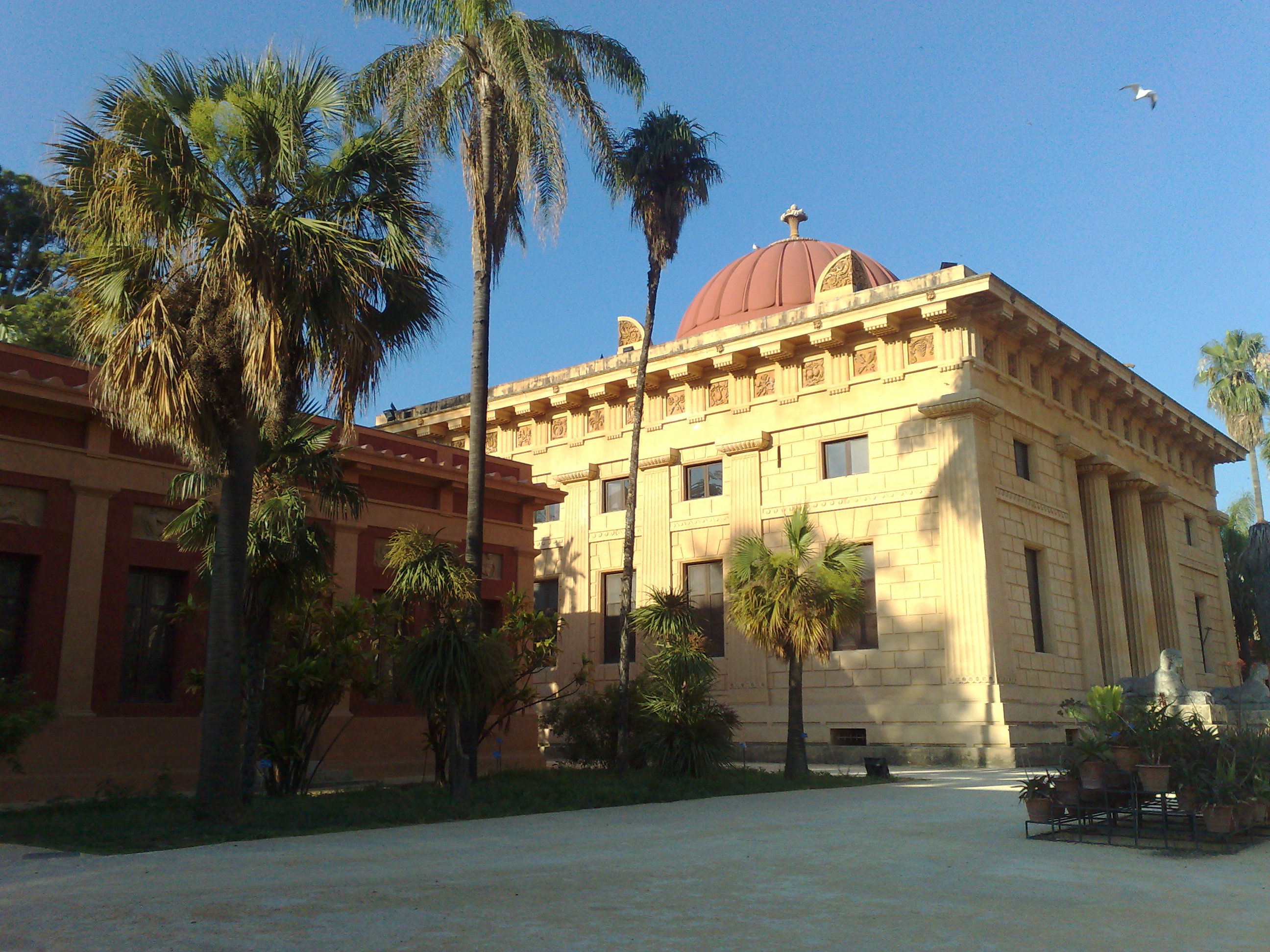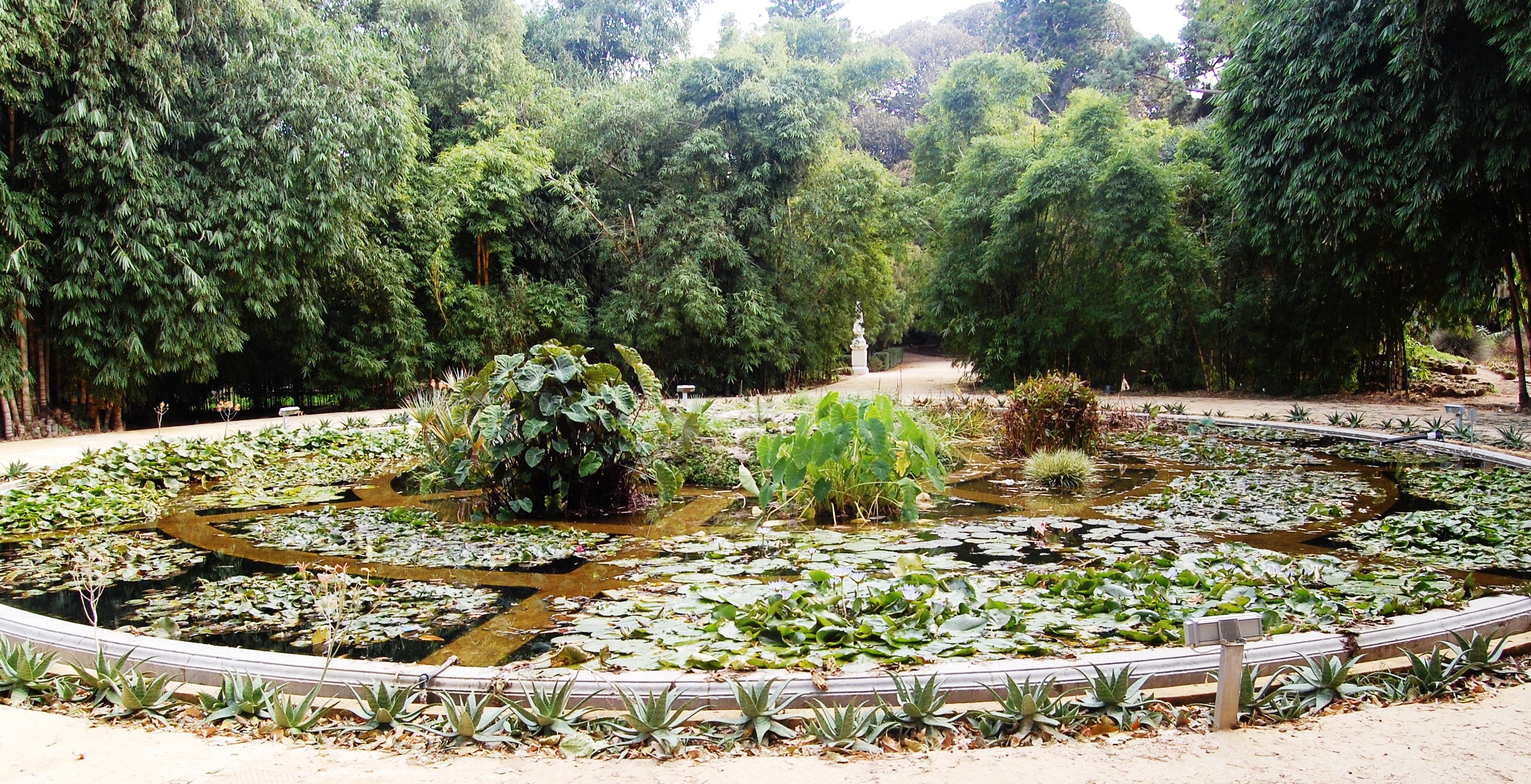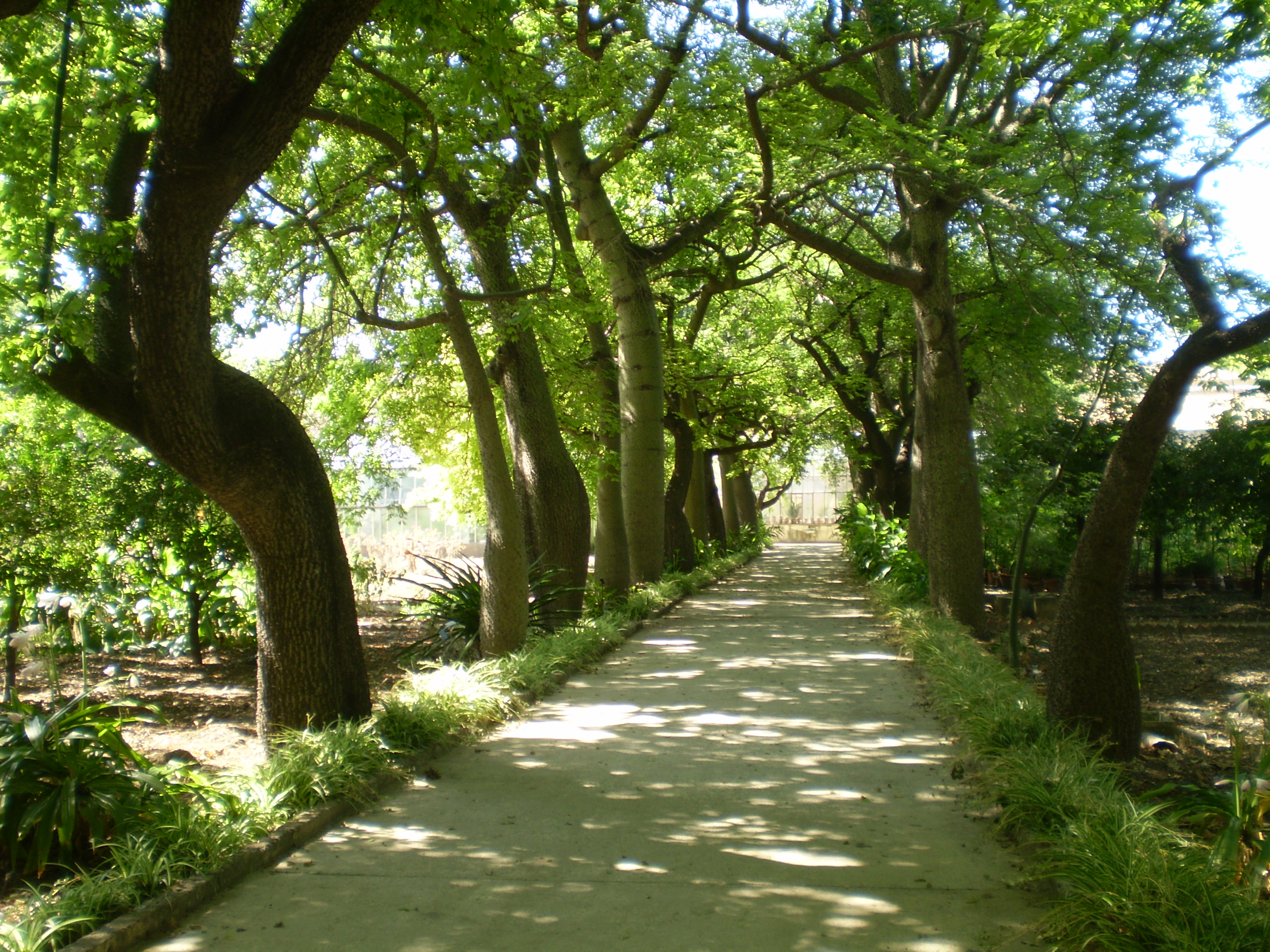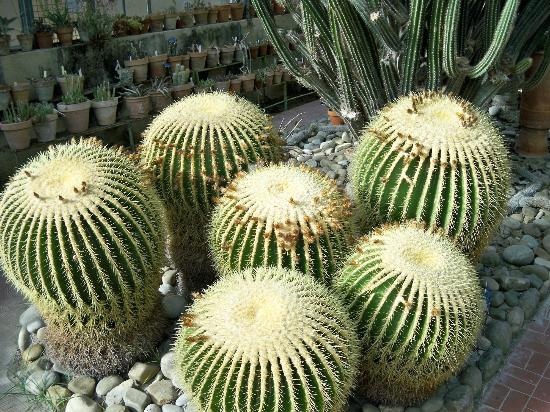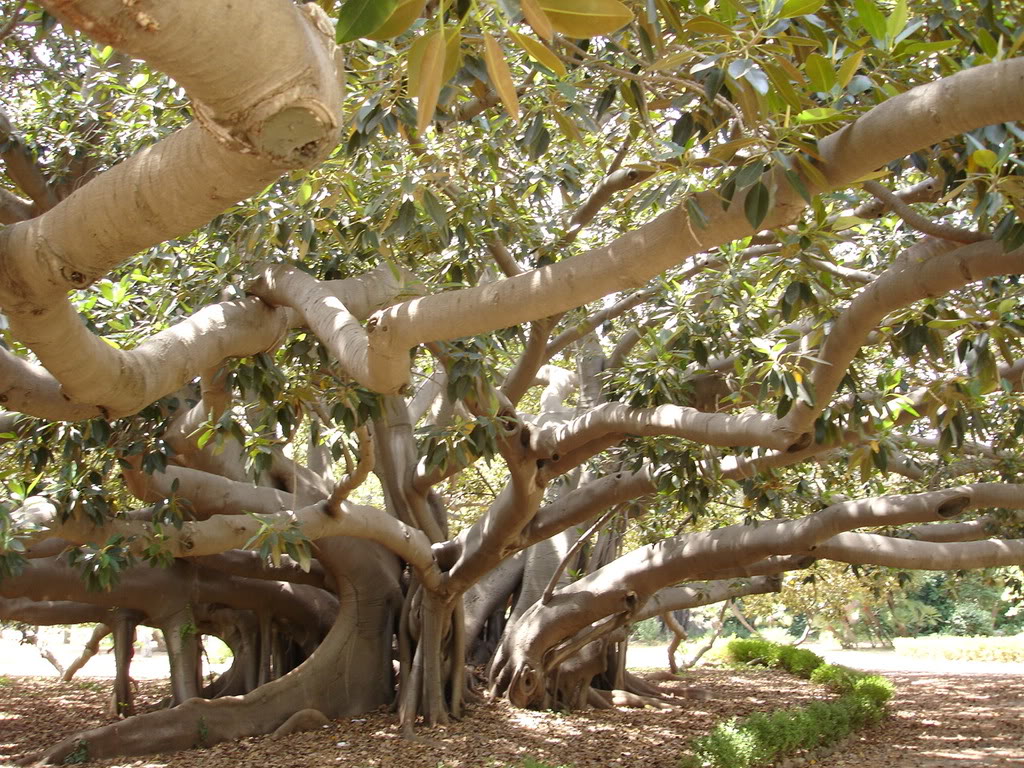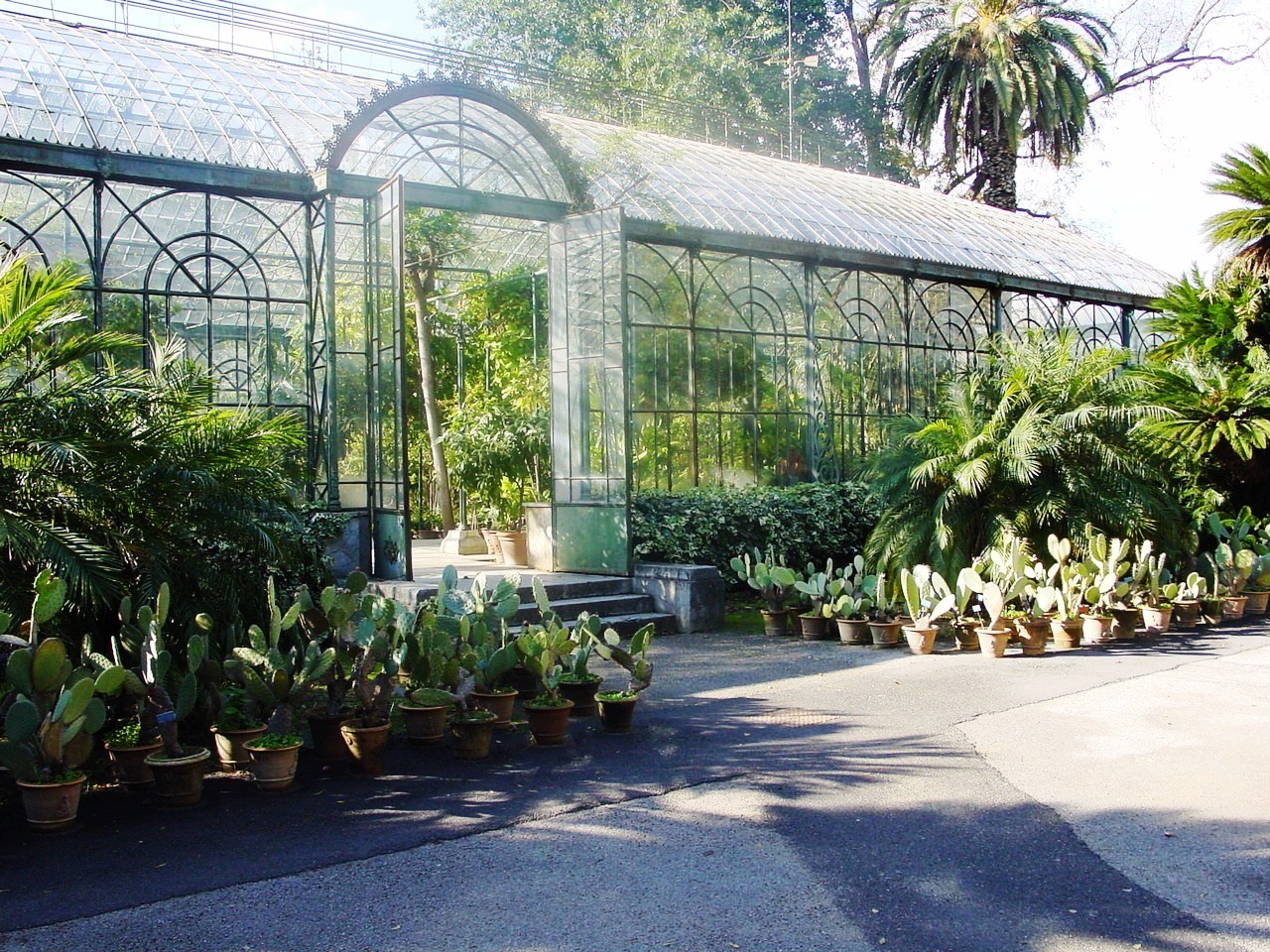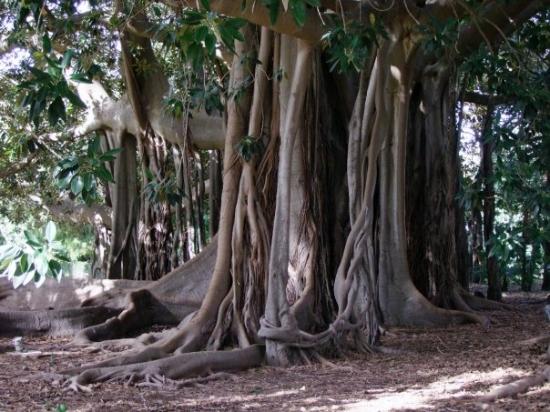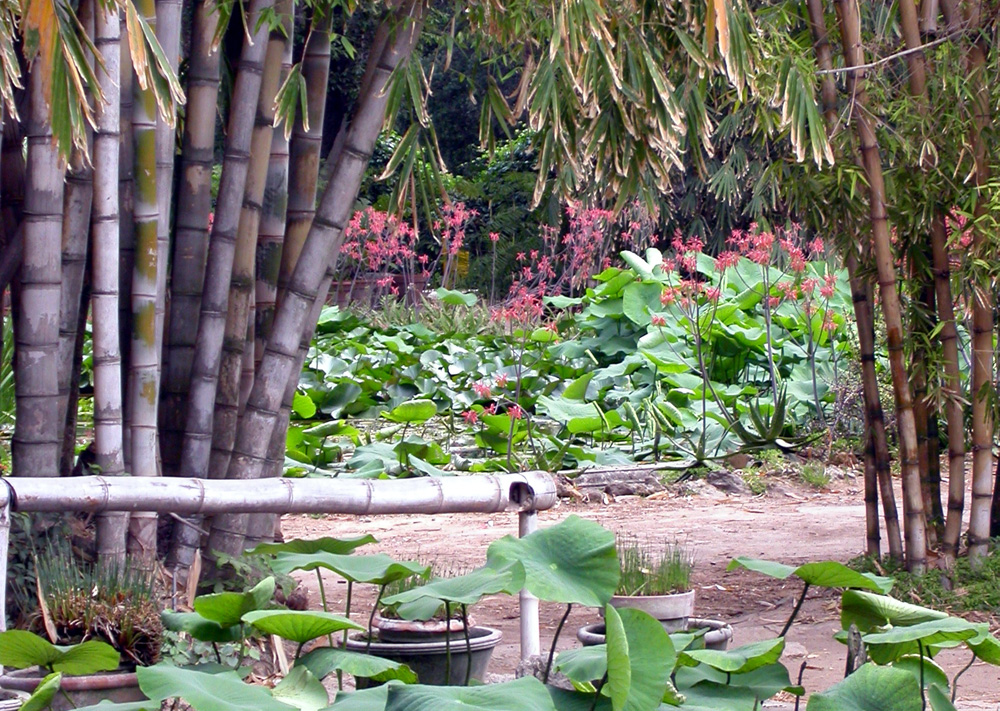
Botanical Garden of Palermo
This post is also available in:
 Italiano (Italian)
Italiano (Italian)
The Botanical Garden of Palermo is located next to Villa Giulia, bordering the Kalsa district.
In 1779, a small botanical garden was created, adjacent to the Porta di Carini, in 1779; it was built to serve the newly established Academy of Royal Studies and Medicine, annexed to the chair of Botany; soon, the garden could not actually fulfill all those scientific needs, therefore it was moved to the current location in 1786.
Between 1789 and 1795, the main buildings were built, the Gymnasium and the two lateral bodies of the Tepidarium and the Calidarium, in neoclassical style and designed by the French architect Leon Dufurny.
Originally, the garden was decorated with pools and fountains, as well as with a magnificent Aquarium; the green facility was divided into rectangular plots to sort all the botanic collections according to the Linnaeus system, but in the early XIX century it was dramatically modified.
The garden was further enlarged in later periods, and, for instance, a grove of exotic plants and the Winter Garden were created in a large greenhouse. In the 1930s, it acquired its final appearance, with the entrance area divided into regular sections and its southern part crossed by a complex network of paths.
The collections
The Botanical Garden of Palermo hosts a total of 12,000 species, mainly from South Africa, Australia, and South America. Among these, there are the gigantic specimen of Ficus macrophylla, the very symbol of the Garden, the collection of marsh plants such as lotus (Nelumbum nucifera), water lily and papyrus (Cyperus papyrus); then, there are several palms of Phoenix spp., and Cycadales genus, several species belonging to the Moraceae, Mimosaceae, Rutaceae, Euphorbiaceae, Aizoaceae, Asclepiadaceae, Liliaceae, Crassulaceae and Cactaceae families, citrus fruits, and a fragrant collection of Plumeria, a plant quite very widespread in Palermo, just like medlars on the terraces and gardens in the northernmost cities.
Among the botanical curiosities, there are Sapindus mukorossi, Pimenta acris, Coffea arabica, Ficus sycomorus, Mimosa spegazzinii, Crescentia alata, Saccharum officinarum, Manihot utilissima, and Carica papaya.
Palermo Botanical Garden was actually responsible for the introduction and diffusion of Citrus deliciosa and Eriobotrya japonica in the Mediterranean Countries. Visitors can also admire a remarkable collection of dried plants that are kept in the Herbarium Mediterraneum.
Every year, a catalog of seeds of both spontaneous plants from Sicily and the ones grown in the garden is regularly published and made available for scientific reference and exchanges with all parts of the world.
The tallest plant in the garden is an age-old Araucaria columnaris. The avenue enclosed by large specimens Ceiba speciosa (formerly known as Chorisia speciosa) is absolutely spectacular.
This post is also available in:
 Italiano (Italian)
Italiano (Italian)
Contatti
Via Lincoln 2 - Palermo(PA)
091 23891236
botanica@unipa.it
http://www.ortobotanico.unipa.it/Benvenuto.html
Altre info
Visite guidate su prenotazione, biglietto intero 5 euro. Riduzioni per studenti, insegnanti, famiglie, anziani e gruppi. Gratuito per portatori di handicap e accompagnatori
Da maggio ad agosto compreso, orario continuato 9.00 20.00; a settembre e ad aprile 9.00 - 19.00; ad ottobre e a marzo 9.00 - 18.00; da novembre a febbraio 9.00 - 17.00. Chiuso per Capodanno, Pasqua, Ferragosto, Natale, 1 maggio. Ultimo ingresso 30 minuti prima della chiusura.

